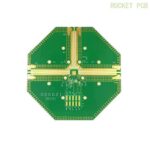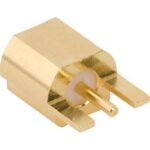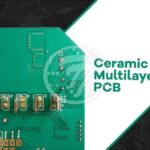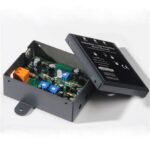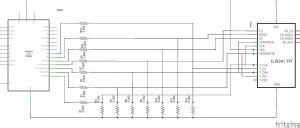
ALL ABOUT FLEX PCB
-
Arduino Byte Type: A Comprehensive Guide
Posted by
–
 Read more: Arduino Byte Type: A Comprehensive Guide
Read more: Arduino Byte Type: A Comprehensive GuideIntroduction to Arduino Byte Arduino is an open-source electronics platform that has revolutionized the world of hardware programming. It provides an easy-to-use environment for creating interactive projects and prototypes. One of the fundamental data types in Arduino programming is the byte type. In this comprehensive guide, we will dive deep […]
-
What Do Modern Motherboards Include
Posted by
–
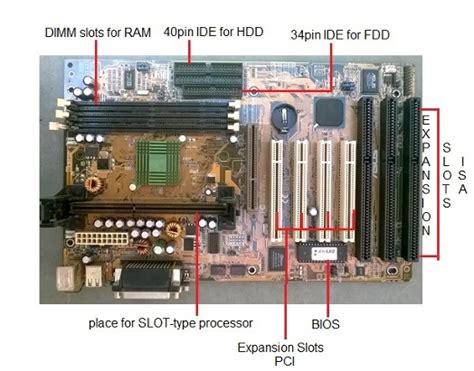 Read more: What Do Modern Motherboards Include
Read more: What Do Modern Motherboards IncludeCPU Socket The CPU socket is one of the most critical components on a motherboard. It determines the type of processor the motherboard supports. Modern motherboards typically feature LGA (Land Grid Array) or PGA (Pin Grid Array) sockets for Intel and AMD processors, respectively. Socket Compatible Processors LGA 1700 Intel […]
-
Hall Effect Sensor Pinout: Features, Alternatives, and Applications of the Hall Effect Sensor
Posted by
–
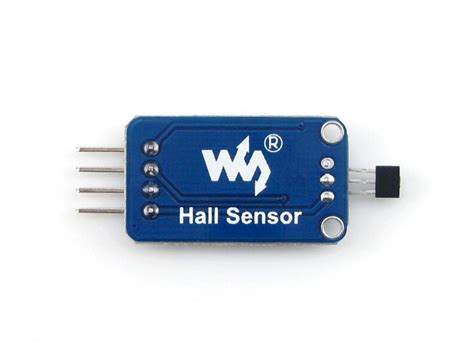 Read more: Hall Effect Sensor Pinout: Features, Alternatives, and Applications of the Hall Effect Sensor
Read more: Hall Effect Sensor Pinout: Features, Alternatives, and Applications of the Hall Effect SensorIntroduction to Hall Effect Sensors A Hall effect sensor is a type of transducer that converts magnetic fields into electrical signals. It is based on the Hall effect, which was discovered by Edwin Hall in 1879. The Hall effect occurs when a current-carrying conductor is placed in a magnetic field […]
-
What is PCB Order Pooling – Its Pros and Cons
Posted by
–
 Read more: What is PCB Order Pooling – Its Pros and Cons
Read more: What is PCB Order Pooling – Its Pros and ConsWhat is PCB Order Pooling? PCB order pooling is a manufacturing method that involves combining multiple PCB Designs from different customers onto a single panel for production. This allows manufacturers to produce a larger quantity of PCBs in a single run, reducing setup time and costs associated with individual orders. […]
-
Types of Encoders: The Complete Guide
Posted by
–
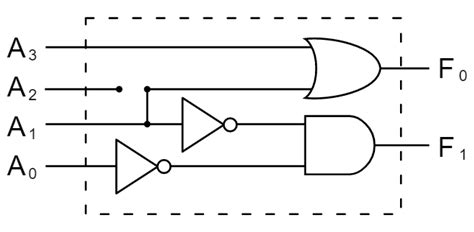 Read more: Types of Encoders: The Complete Guide
Read more: Types of Encoders: The Complete GuideWhat is an Encoder? An encoder is a device that converts the angular position or motion of a shaft or axle into an analog or digital code. It provides feedback to a control system, allowing it to determine the position, velocity, and direction of a moving part. Encoders are widely […]
-
Why Is The Surface of Circuit Board Blistering
Posted by
–
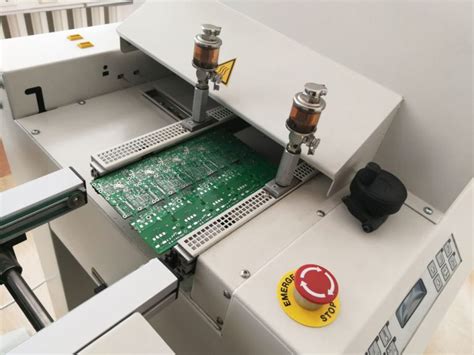 Read more: Why Is The Surface of Circuit Board Blistering
Read more: Why Is The Surface of Circuit Board BlisteringWhat is Circuit Board Blistering? Circuit board blistering is a defect that occurs on the surface of printed circuit boards (PCBs) where small dome-shaped bumps or blisters form. These blisters can range in size from very tiny to several millimeters in diameter. Circuit board blistering is a serious issue that […]
-
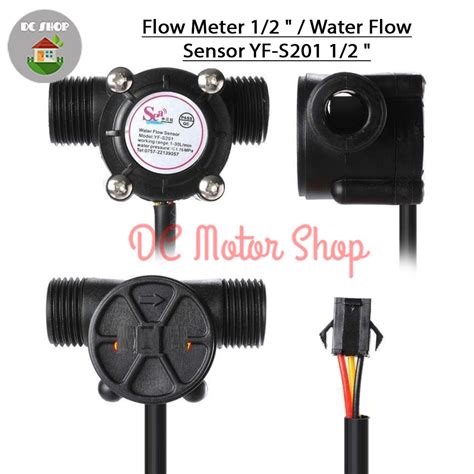 Read more: YF-s201- Hall Effect Water Sensor Pinout, Features and Applications
Read more: YF-s201- Hall Effect Water Sensor Pinout, Features and ApplicationsIntroduction to the YF-s201 Water Sensor The YF-s201 is a compact and versatile water flow sensor that consists of a plastic valve body, a water rotor, and a Hall Effect Sensor. As water flows through the valve, it causes the rotor to spin, and the Hall effect sensor detects the […]
-
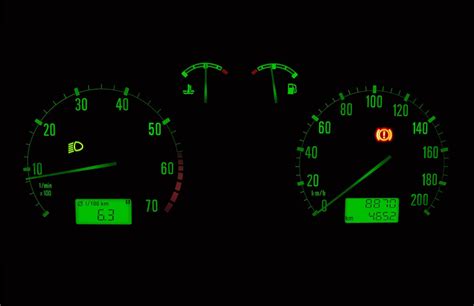 Read more: Tachometer Circuit: How it Works and How to Make One
Read more: Tachometer Circuit: How it Works and How to Make OneWhat is a Tachometer? A tachometer is a device that measures the rotational speed of an object, typically expressed in revolutions per minute (RPM). It is commonly used in vehicles to display the engine’s RPM, helping drivers optimize gear changes and avoid exceeding the engine’s safe operating limits. Tachometers also […]
-
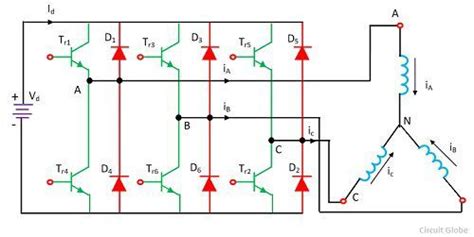 Read more: Brushless Motor Wiring: Its Specifications and Complete Guide!
Read more: Brushless Motor Wiring: Its Specifications and Complete Guide!Introduction to Brushless Motors Brushless motors, also known as brushless DC motors (BLDC) or electronically commutated motors (ECM), have gained significant popularity in various applications due to their high efficiency, low maintenance, and precise control capabilities. Unlike traditional brushed motors, brushless motors rely on electronic commutation to control the rotation […]
-
What is the inner layer of a PCB?
Posted by
–
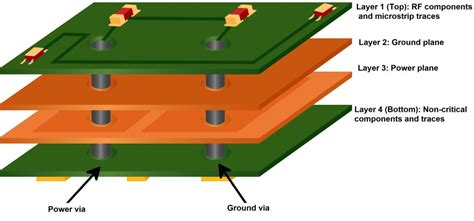 Read more: What is the inner layer of a PCB?
Read more: What is the inner layer of a PCB?Introduction to PCB Layer Stackup A printed circuit board (PCB) is made up of multiple layers of conductive copper and insulating substrate materials laminated together into a single board. The layer stackup refers to the arrangement and order of these layers. A typical PCB will have at least two layers […]
